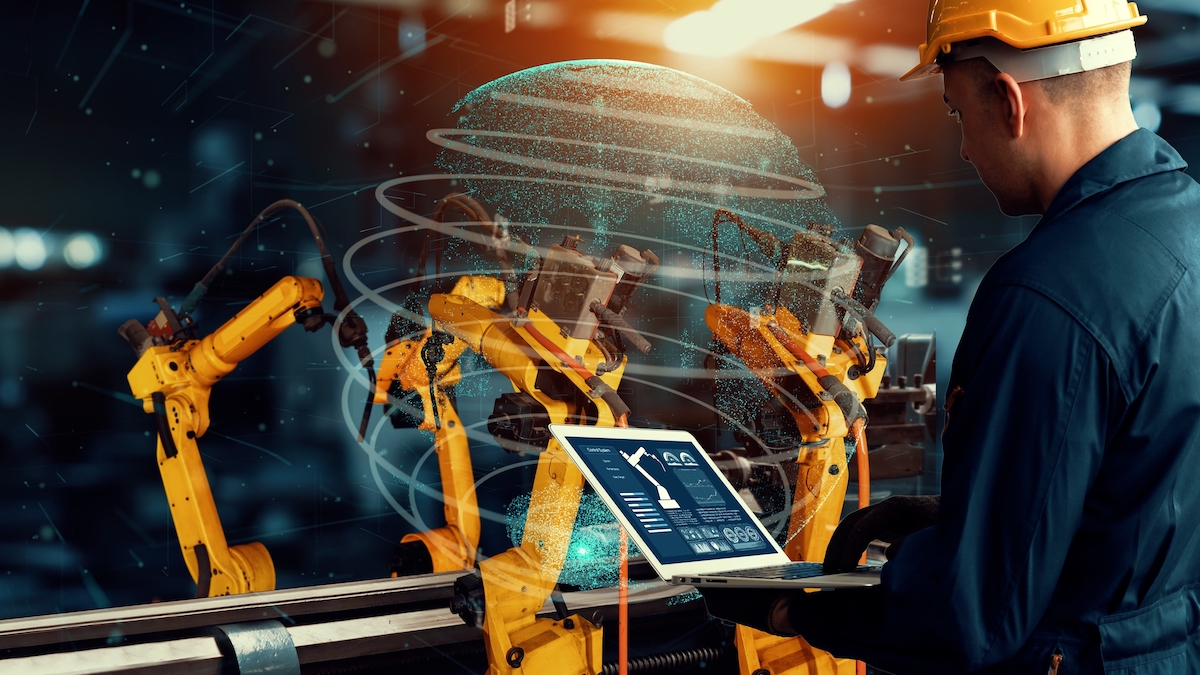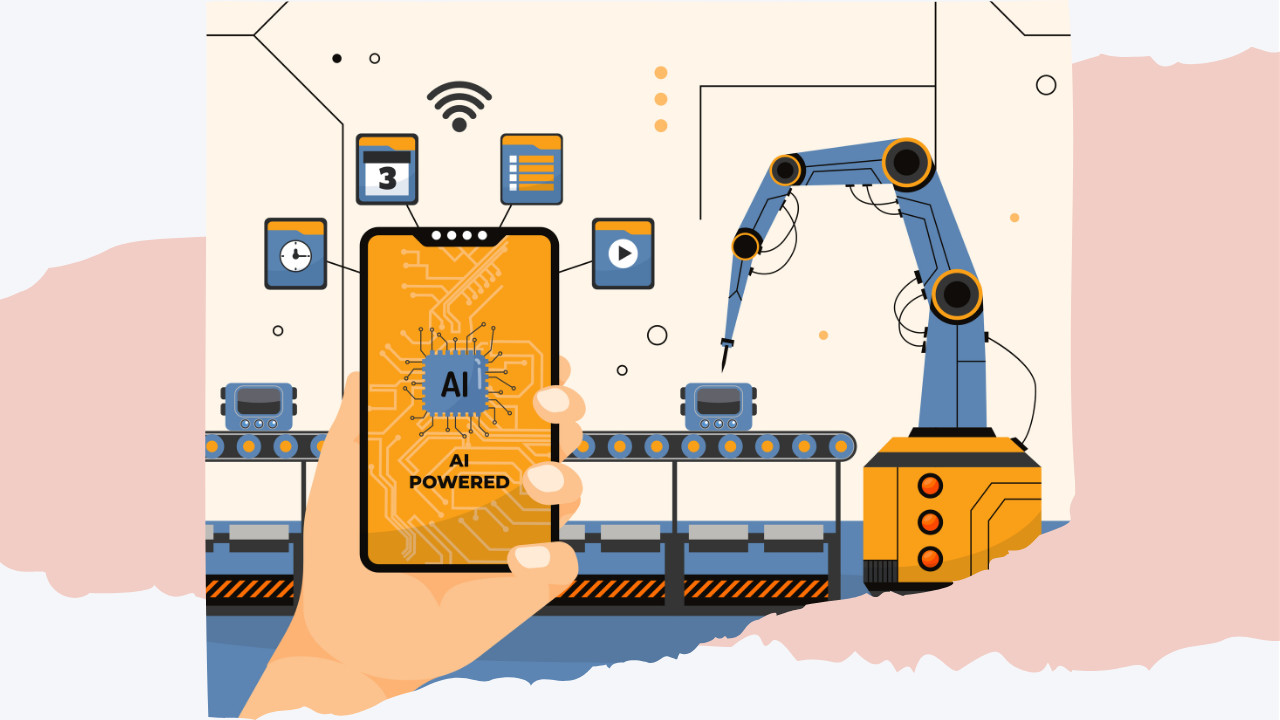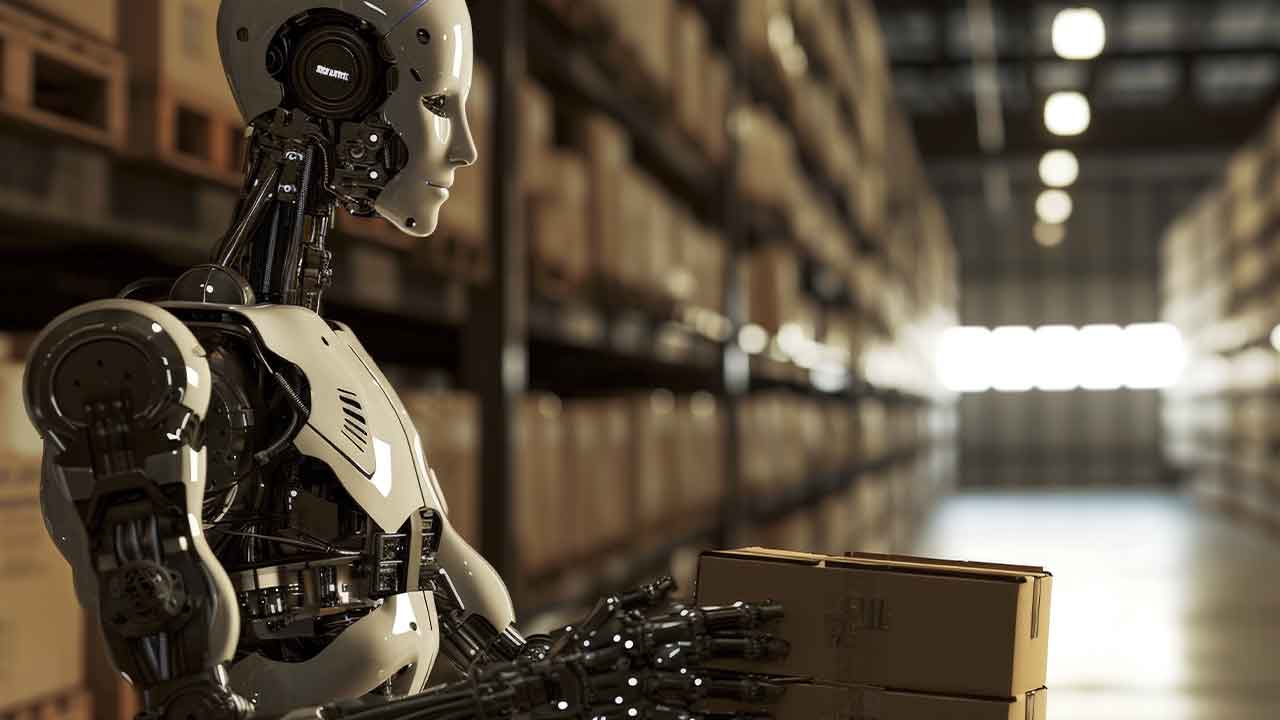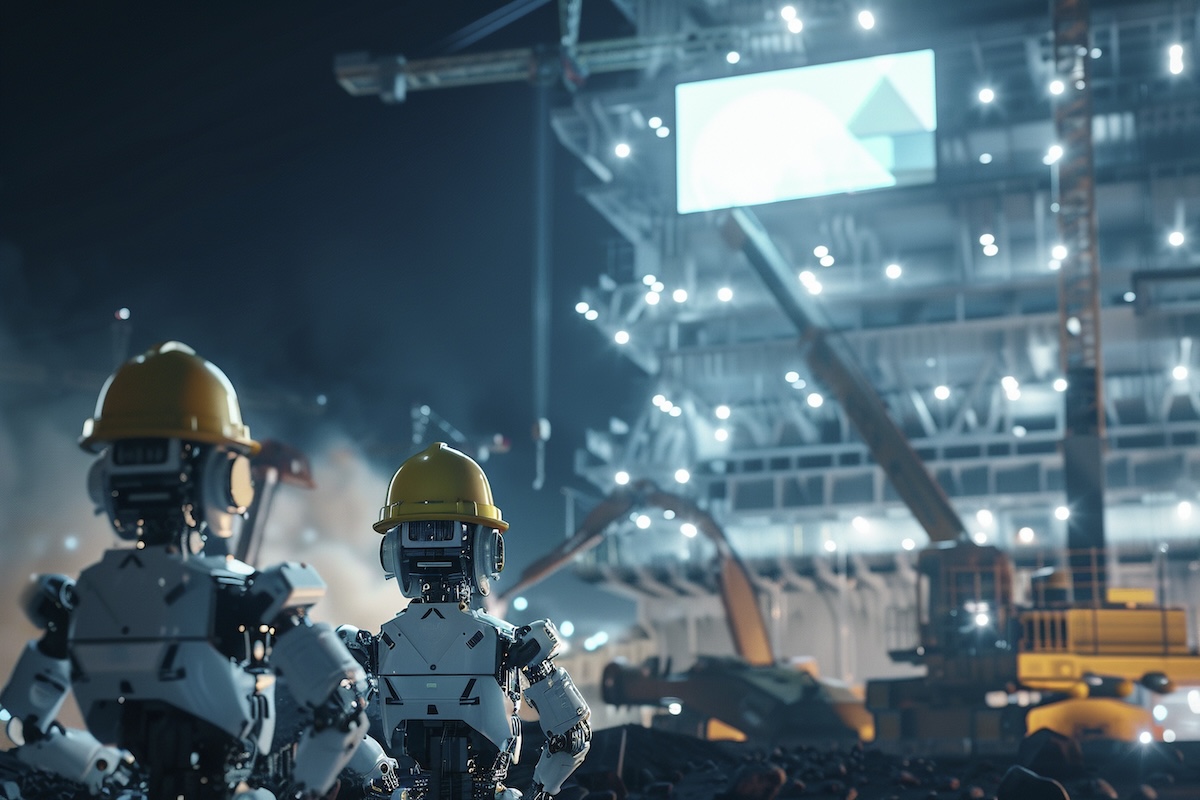Foundation for Autonomous Manufacturing: All-In-One Automation Architecture to Create Robust Artificial Intelligence
The proliferation of artificial intelligence (AI) in business-to-consumer markets is driven by great minds and significant investments, harnessing simulated human reasoning for autonomous problem-solving. As AI gains momentum, it is crucial to separate technical milestones from promotional hype and focus on the opportunities it presents for empowering teams, streamlining processes, and preparing for future advancements.
This article highlights how manufacturing facilities can establish a strong foundation for implementing AI using all-in-one automation platforms.
Manufacturing Automation and Intelligence for Factories
The following steps are recommended for facilities preparing for AI:
1. Select processes where artificial intelligence can be positioned to be successful for the long-term health of the facility.
2. Create a reservoir of process specific data.
3. Refuse to delegate accountability.
By addressing all three, facilities can begin the process of leveraging the technical accomplishments from artificial intelligence without falling victim to promoted speculation of the topic.
While corporate strategies should seek to improve on their weaknesses they should be competing with their strengths. Allowing their strengths to remain ever potent in a competitive market with ever-shifting time singularities. The forces driving adoption of artificial intelligence are the historical market forces which have been fueling manufacturing paradigm shifts throughout the last industrial revolutions.
The first step to maximizing the effects of artificial intelligence should begin with defining a strong process candidate for autonomous control by auditing manufacturing equipment processes with task granularity. With key processes compiled, the next step should be to clearly articulate what processes achieve results at the highest level and what processes achieve exceptionally poor results.
With both the strengths and weaknesses identified, these processes can be overlaid with the firm’s long term business strategy and the positioning tactics required to achieve the firm’s long-term goal.
Strategies for Implementing Automation and Intelligence in Manufacturing
By selecting a process which is either: critical to the strategy with strong performance or critical to the strategy with poor performance, artificial intelligence implementation can benefit from the following.
1. Creating a more robust revenue stream decreases the risk of failing to achieve a positive and above market return on the artificial intelligence investment.
2. Alignment with the strategic goal where the long-term value of the facility will benefit from the deep learning of the algorithm.
3. Alignment with some of the most well established tribal knowledge and performance data which is paramount to setting up autonomous decision making for success.
Task decisions require an abundance of precedent to begin addressing problems yet to be solved. The foundation of complete network data showcasing the relationship between inputs and outputs is critical in teaching artificial intelligence how independent system variables can be adjusted to achieve an acceptable result as measured on dependent variables. Unfortunately, this is much easier said than done. Unless digital twin models exist in a facility at a profound scale and detailed at extensive granularity, which can produce countless permutations of situations, the data must be derived and vetted from the physical facility. This requires a digitalization network at the scale for which the extent of artificial intelligence is expected to express ownership.
With a stable process, an all-in-one platform is immensely powerful as it lowers the inertia to implement improvements. If a single controller is programmed by a single platform which communicates on a single globally open deterministic network, it is easier to imagine how easy it is to increase the breadth of nodes in the platform when all the data is already moving on a single traceable path.
When data is preserved it should be preserved with the context for which the data is captured. This should include data which is timestamped and aligned with traceability and program logic data. By having data which time synced and event triggered captures the context for data which is the foundation for the deep learning required by algorithms to be prepared to provide insightful perspectives or have the possibility to cope with new problems. While correlation does not equate causation, the ability for systems to learn from all nodes in the system can give multiple perspectives to identify the root cause versus chasing symptoms around the clock.
Examples of Manufacturing Automation and Intelligence
For example, an artificial intelligence algorithm examines label precision on a package, controlling label application speed, adhesive temperature, and package location. However, without contextual information, the algorithm may struggle to differentiate between noise and signals. Changes in environment or suppliers may indicate meaningful data. All-in-one platforms store data in a single reservoir, avoiding data silos and maintaining contextual information. Facilities should prioritize platforms that embed data context and allow for speedy adjustments based on the data. Transparent machine control architecture is crucial in this regard.
The first step to empowering facilities with artificial intelligence technology is to set expectations early. Artificial intelligence can empower our teams, remove repetitive tasks from ergonomics, and prepare our automation architectures for yet to be discovered technological advances. However, without calibrating facilities to milestones of artificial intelligence, then excitement surrounding the novel topic may result in bias amongst teams and unduly high expectations. Neither of which are beneficial to selecting processes where artificial intelligence can be positioned to be successful for the long-term health of the facility or creating a reservoir of process specific data. Fortunately, all-in-one platforms create an integrated environment to foster artificial intelligence learning as well as to provide the architectural roadmap for scaling algorithms for the long-term health of the facility. With all-in-one platforms in place, transparency can be traced from the part level through data visualization.
The second step to maintaining responsibility without completely relinquishing control of product, which is still considered work in process, through redundancies within the system. Leveraging the data reservoirs already created, the same data can be positioned into multiple HMI’s or Andon boards in order to allow the facility to be ready to create a learning moment from a new signal without the adverse cost of missed goals. With OPC UA, SQL, and MQTT as standard in many all-in-one platforms, this data can be quickly transferred to a centralized location for review. With globally open industrial protocols, data can be positioned to stay on edge and refreshed quickly to operator HMI’s simultaneously. Thus, enabling artificial intelligence to benefit from deep learning without major changes in the network architecture.
More about IIC: Industrial IoT Reference Architecture
The third step is to align the presentation of this data, either on the cloud or on edge, with current presentation methods without removing the context from the data. While artificial intelligence may monitor data with different visualization, the method by which the artificial intelligence communicates this monitoring should align with the expectations of operators and facility leadership alike. Thus, creating a common language between artificial intelligence and the facility. This common language allows learning to be exactly that, learning.
Conclusions on Autonomous Manufacturing
While AI holds immense potential, facilities must exercise caution and avoid rushing implementation. Selecting processes strategically, creating context-rich data reservoirs, and retaining corporate responsibility are vital for successful deployment. All-in-one automation platforms serve as an ideal incubator for AI, providing integrated environments that foster AI learning and scalability. By leveraging the best of AI while preserving the role of the human mind, facilities can maximize its benefits and drive long-term success.
About the author
 This article was written by Thomas Kuckhoff. He is the product manager for NX and NJ controllers, NY industrial PCs, as well as the Sysmac Studio software for Omron Automation in the Americas, where he champions the power of Sysmac solutions. Thomas has a bachelor’s degree in mechanical engineering and a master’s degree in business from Clemson University. A licensed engineer in the State of South Carolina and author of thirteen patents, he has been named Greenville’s Best and Brightest as well as receiving Clemson’s Roaring 10 Alumni award.
This article was written by Thomas Kuckhoff. He is the product manager for NX and NJ controllers, NY industrial PCs, as well as the Sysmac Studio software for Omron Automation in the Americas, where he champions the power of Sysmac solutions. Thomas has a bachelor’s degree in mechanical engineering and a master’s degree in business from Clemson University. A licensed engineer in the State of South Carolina and author of thirteen patents, he has been named Greenville’s Best and Brightest as well as receiving Clemson’s Roaring 10 Alumni award.



